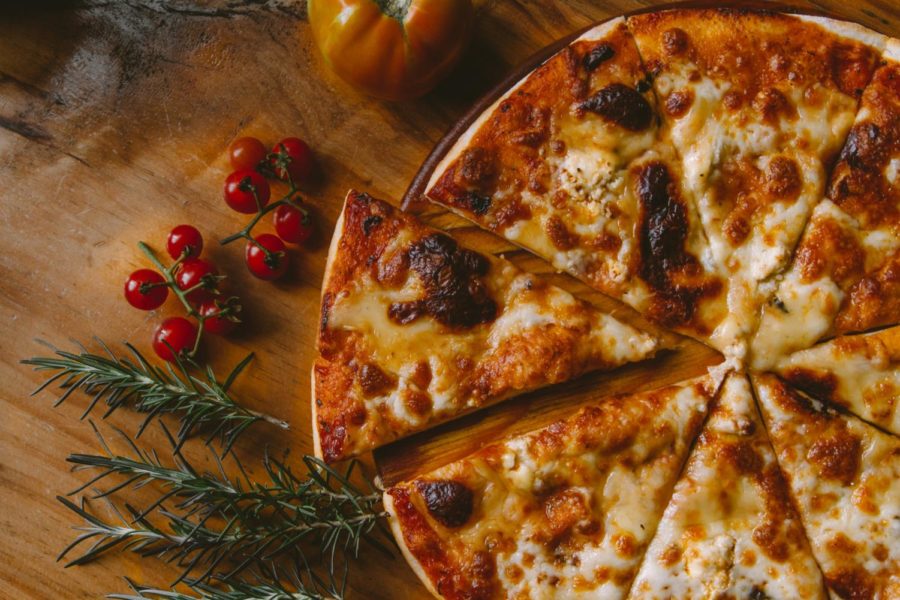The Soul of Wheat
December 2, 2022
 Some people—including many nutritionists—argue that we should regard food as fuel, but I am not one of them. Don’t get me wrong—I’m not someone who is food-addicted or eats to fill emotional holes in my life. Nor would you call me a food snob: I ate a simple muenster cheese sandwich every day at work for over 30 years! But I do want my food to be nutritious and colorful, to taste good, and most importantly, to leave me feeling good. And every once in a while, I hit upon a truly transformative meal.
Some people—including many nutritionists—argue that we should regard food as fuel, but I am not one of them. Don’t get me wrong—I’m not someone who is food-addicted or eats to fill emotional holes in my life. Nor would you call me a food snob: I ate a simple muenster cheese sandwich every day at work for over 30 years! But I do want my food to be nutritious and colorful, to taste good, and most importantly, to leave me feeling good. And every once in a while, I hit upon a truly transformative meal.
Stumbling upon Anima di Grano (the Soul of Wheat), a small pizzeria in Pisa, Italy, was somewhat fortuitous. We had arrived in Pisa early that same morning, 18 hours later than planned after our original flight was rerouted to Venice. Then we got up early for a pre-paid, 10-hour day trip to the Cinque Terre. Needless to say, by evening, we were tired and hangry. Googling “the best pizza in Pisa,” we discovered that Anima di Grano was a quarter mile from our hotel.
Even as we approached, we could see the small establishment was already packed. My husband suggested we just get a quick bite in one of the other osterias, but I was undeterred. “There is something special about this place,” I told him as we stood outside, salivating over the fluffy discs of wheat being placed before earlier patrons.
The menu only features personal-size pizzas—not even a green salad!—because the dough itself is so satisfying, so magically airy, you will not want anything else (except maybe a nice glass of red wine). Made with 00 flour and high-quality wheat germ, the dough goes through four leavenings in 60 hours and involves “ancient methods using yeast donated by grandma over 90 years ago.” At least that’s what it said on the small paper menu we perused while waiting for a seat.
It was clear the small waitstaff was proud of their product. As each pizza arrived separately, hot from the oven, the waitress would announce its arrival with flair, as if presenting a newly arrived guest to a royal party. “Marguerite,” “Quattro Formaggi,” “Diavola.” Before digging in, the lucky recipient would inevitably press down with a finger on the puffy outside crust, testing its buoyancy. When ours came—the spicy Diavola for my husband and a Melanzana (eggplant) for me—we did the same, then picked up our forks and knives, resisting the urge to tear into the dough with our hands.
Eating at Anima di Grano was a spiritual experience. With each bite, the sleep-deprived fog lifted along with our mood. Having gained a second wind, we relaxed, had another glass of wine, and watched how the “soul of wheat” positively affected our neighboring diners.
On one side of us were two young men who had come in, gesturing wildly in argument. After two bites of pizza, however, they were clasping hands across the table and staring into each other’s eyes, their apparent love spat subdued by the power of 90-year-old yeast.
On the other side sat a family with two teens. At first, the oldest slumped at the table indifferently. With each forkful of slightly charred crust and oozing mozzarella, she became increasingly more animated. But what we witnessed at the end of their meal convinced us of the pizza’s life-changing properties. Once outside, the once surly teen suddenly hugged her father in gratitude. Reborn, the family strolled out of the piazza in laughter.
Credit: Photo by Ivan Torres on Unsplash




















